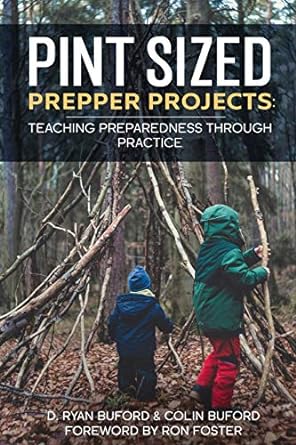How to: Get Water Through Transpiration
Video
Yesterday (7/10/11) ended up sunny, low-humidity and about 93-degrees (although it felt like 98!), I decided it would be a good time to try out some low-tech water procurement methods. I tried both the Solar Still and a Transpiration Bag with interesting results.
Transpiration Bag also know as Condensation Trap/Still or Vegetation Bag, is a low-tech method of procuring clean drinking water in a pinch using non-poisonous vegetation. All you need is a clear plastic bag or sheet, a short piece of cordage and the time for the process to produce results.
Transpiration, also referred to as sweating, is the process by which plants lose water through their leaves especially, but also stems, flowers and fruits. this water is converted from liquid form to vapor and released to the atmosphere.
Water is absorbed through the roots of plants and moves up through hollow tubes in the leaves. Plants lose water through tiny pores (spaces called stomata) mainly on the underside of their leaves. Depending on how much water is in the soil and how hot or humid the air is and how much wind there is the plant will transpire more or less water into the atmosphere. An increase in temperature will cause an increase in transpiration rate because an increase in temperature will cause more water to evaporate from the cell walls.
I set up one bag at 11am and by 6pm I had approximately 2/3C of water. The water was potable and tasted fresh. This method I would prefer over the solar-still due to the low energy quotient. It takes very little energy in the hot sun to tie some baggies to non-poisonous plants.
Had I used 10 baggies in the same amount of time I would have had 10 times the water! Also while the transpiration bags were doing their thing I could be doing other things, thus being an effective time multiplier.
SAFETY NOTE:
Stay away from poisonous (Poison Ivy-Oak), coniferous (Pines [funny tasting]), and vegetation that have glossy leaves (apple, oak, maple - can cause cyanide poisoning) Thanks to Canadian Bushcraft - www.YouTube.com/OzaawaaMigiziNini







